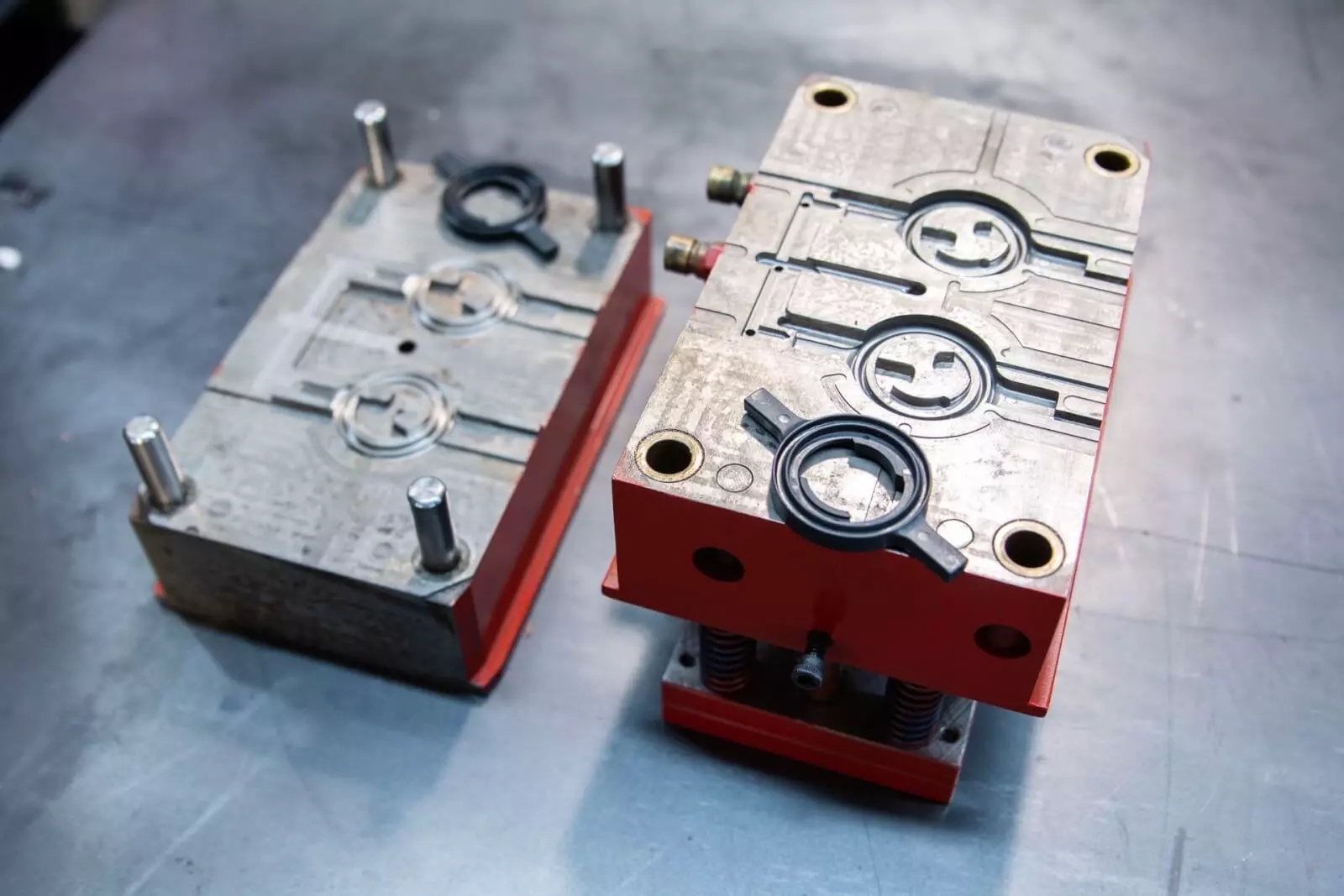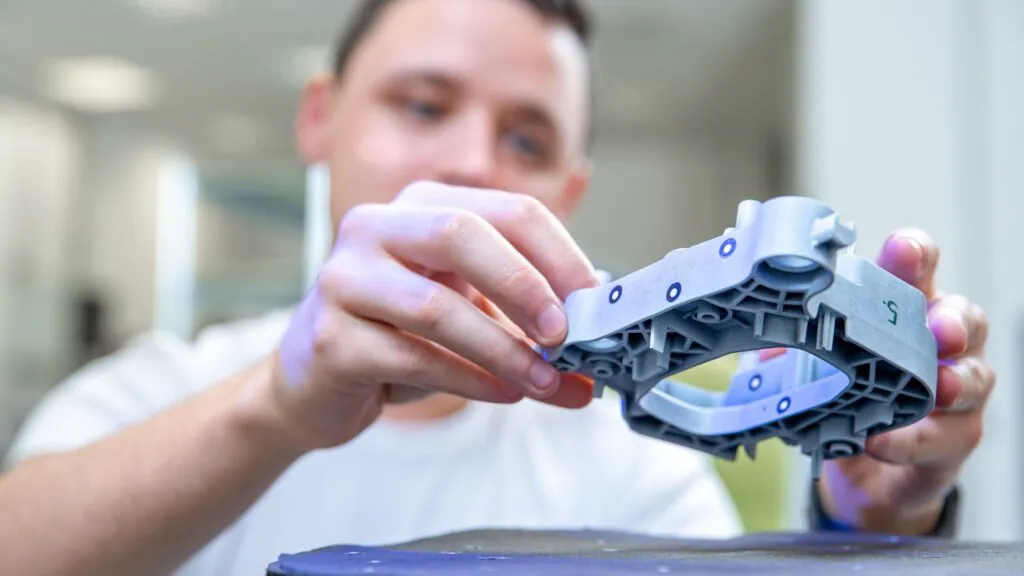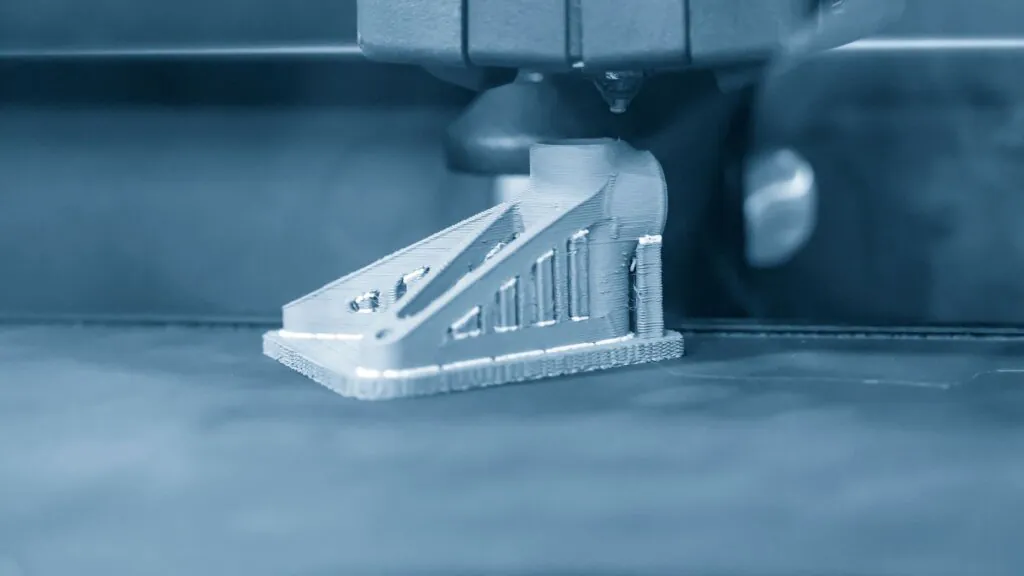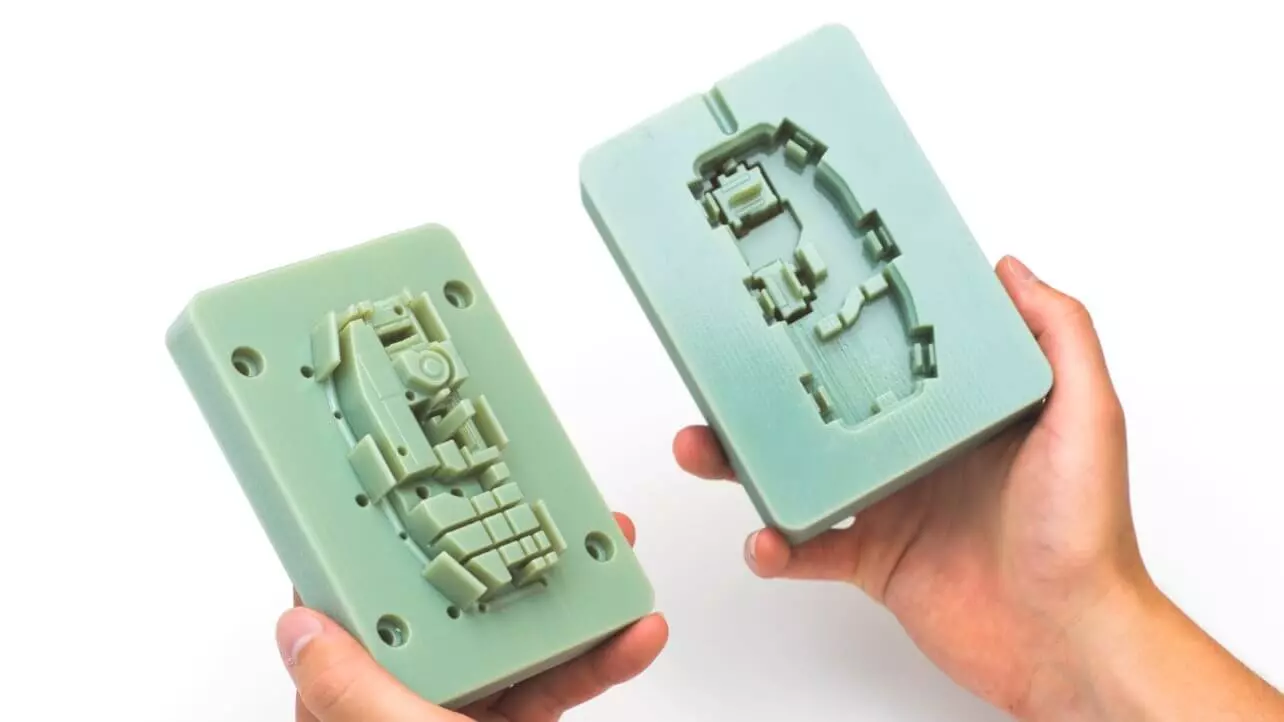Every great product begins long before it reaches full production. Behind every device you use, every machine you rely on, and every system you trust, functional prototypes play a quiet but decisive role. As technologies advance, these prototypes are no longer rough drafts but highly engineered models that bridge the gap between concept and reality.
What Are Functional Prototypes (and Why Are They Crucial in Modern Product Development)?
Functional prototypes are physical representations of a product that simulate both form and function, allowing engineers to test how a design will perform in real-world conditions before committing to mass production. Unlike visual or conceptual models, functional prototypes replicate operational characteristics such as load-bearing capacity, thermal resistance, mechanical performance, and usability.
By producing these working models early in the product development process, teams can identify design flaws, optimize performance, and streamline manufacturing processes. Their role is no longer limited to a simple mock-up; they serve as vital checkpoints in the entire engineering cycle.
Functional prototypes help organizations in several ways:
- Verification of design intent
- Performance evaluation
- Fit and assembly testing
- User experience validation
- Manufacturing process optimization
How Has the Role of Functional Prototyping Evolved Over Time?
Historically, prototyping was a slow, labor-intensive process. Craftsmen manually built models using basic tools and materials, often spending weeks or months to complete a single prototype. As industries grew more complex, early digital fabrication methods began to replace manual approaches, introducing computer-aided design and semi-automated machining.
Today, rapid prototyping technologies dominate. Modern methods allow for faster iteration cycles, greater precision, and better integration between design and manufacturing systems. Companies like 3E Rapid Prototyping Limited are helping to drive this evolution by providing advanced prototyping solutions that shorten development timelines while maintaining exceptional quality and accuracy.
A comparison of different eras shows this evolution clearly:
- Traditional prototyping: handmade, time-consuming
- Early digital fabrication: limited automation, basic CAD tools
- Current rapid prototyping technologies: high-speed, multi-process, highly accurate
What Key Technologies Are Driving the Future of Functional Prototyping?
Additive Manufacturing (3D Printing)
Additive manufacturing builds parts layer by layer, translating digital models directly into physical objects. Technologies like fused filament fabrication (FFF), selective laser sintering (SLS), and stereolithography (SLA) offer flexibility in geometry and material selection. As engineers increasingly apply design for additive manufacturing principles, they optimize designs specifically for the capabilities and constraints of 3D printing, unlocking even more complex geometries and performance benefits.
Working principle: Deposits or cures material in successive layers.
Advantages: Rapid turnaround, complex geometries, minimal waste.
Limitations: Surface finish variability, material constraints for certain applications.
CNC Machining
CNC machining subtracts material from a solid block using computer-controlled cutting tools. It offers unmatched precision and consistency for functional prototypes requiring tight tolerances.
Working principle: Computer-controlled milling, drilling, and turning operations.
Advantages: Excellent dimensional accuracy, wide material compatibility.
Limitations: Longer setup times, material waste, higher costs for complex shapes.
Injection Molding for Prototypes
While often associated with mass production, injection molding is also used for producing short-run prototypes with production-grade materials.
Working principle: Molten material is injected into a mold cavity.
Advantages: High-quality surface finish, consistent material properties.
Limitations: Expensive mold creation, longer lead times compared to other methods.
Urethane Casting
Urethane casting creates parts by pouring liquid resin into silicone molds, often used to simulate injection molded parts without high tooling costs.
Working principle: Liquid urethane is cast into flexible molds.
Advantages: Low tooling cost, fast turnaround for small batches.
Limitations: Limited mold life, less durable than production-grade parts.
Hybrid Manufacturing (Additive + Subtractive)
Hybrid systems combine additive manufacturing with CNC machining, leveraging the geometric freedom of 3D printing with the precision of subtractive methods.
Working principle: Additive layers followed by precision machining.
Advantages: Complex shapes with high tolerances, reduced lead times.
Limitations: Expensive equipment, complex process integration.
Advanced Simulation & Virtual Prototyping
Simulation tools allow engineers to model stress, fatigue, and performance digitally before physical prototypes are made.
Working principle: Uses computational models to predict real-world behavior.
Advantages: Reduces costly physical iterations, early failure detection.
Limitations: Requires accurate input data, may not capture every real-world nuance.
Digital Twin Technology
Digital twins are virtual replicas that mirror real-world systems in real time, integrating sensors and data for continuous monitoring and optimization.
Working principle: Real-time synchronization of digital models with physical counterparts.
Advantages: Enables predictive maintenance, continuous design improvements.
Limitations: Complex data management, requires sophisticated integration.
Generative Design Algorithms
Generative design uses AI-powered algorithms to create optimized designs based on defined performance constraints.
Working principle: Software iteratively generates multiple design options.
Advantages: Lightweight structures, improved performance.
Limitations: Often requires additive manufacturing for production, complex post-processing.
What Materials Are Shaping the Next Generation of Functional Prototypes?
The choice of material heavily influences the performance and accuracy of a functional prototype. Advanced materials now enable prototypes to simulate production parts more closely than ever before.
- Thermoplastics (ABS, Nylon, PEKK, etc.): good mechanical properties, impact resistance, used in automotive and aerospace.
- Photopolymers (for resin printing): high detail resolution, used for complex geometries and visual models.
- Metals (aluminum, stainless steel, titanium): high strength, heat resistance, ideal for structural or load-bearing parts.
- Composites (carbon fiber-reinforced polymers): excellent stiffness-to-weight ratio, used in high-performance applications.
- Elastomers and flexible materials: flexibility, durability, ideal for seals, gaskets, and ergonomic components.
How Do You Select the Right Prototyping Method for Your Project?

Choosing the correct method depends on multiple technical and economic factors.
- Product function and load requirements
- Accuracy and tolerances
- Surface finish needs
- Cost and lead time
- Quantity of prototypes required
What Are the Main Stages of Building a Functional Prototype?
Each prototype follows a structured development process that ensures both functionality and manufacturability.
- Concept design and digital modeling
- Material selection
- Manufacturing process selection
- Prototype fabrication
- Testing and validation
- Design iteration
- Final prototype approval
What Tolerances and Accuracy Can Be Achieved with Modern Functional Prototypes?
Precision levels vary depending on the technology employed:
- 3D printing: ±0.1 mm to ±0.3 mm depending on technology
- CNC machining: ±0.005 mm to ±0.05 mm
- Injection molding: ±0.05 mm to ±0.1 mm
- Urethane casting: ±0.2 mm to ±0.5 mm
How Do Functional Prototypes Transition to Scalable Manufacturing?
Prototypes serve as the foundation for final manufacturing decisions by supporting:
- Design for Manufacturability (DFM)
- Design for Assembly (DFA)
- Supply chain planning
- Quality assurance processes
What Are the Advantages of Integrating Prototyping Early in Product Development?

Early-stage functional prototyping minimizes risk and improves product readiness.
- Reduced product development cycles
- Early detection of design flaws
- Lower overall costs
- Improved product-market fit
- Enhanced cross-department collaboration
What Industries Are Leading the Adoption of Next-Gen Functional Prototypes?
Several sectors now depend on functional prototypes to maintain competitiveness:
- Automotive: engine components, interior systems
- Aerospace: structural parts, cabin interiors
- Medical Devices: implants, surgical instruments
- Consumer Electronics: housings, functional boards
- Industrial Equipment: jigs, fixtures, end-use parts
- Robotics and Automation: end effectors, actuators
- Wearables and IoT: casing, sensors
What Are the Main Challenges in Bridging Prototypes with Real-World Manufacturing?
Despite advancements, some challenges persist during scale-up:
- Material property differences between prototype and final part
- Scale-up manufacturing constraints
- Cost disparities
- Supply chain limitations
- Certification and compliance
How Are AI and Automation Enhancing Functional Prototyping?
Artificial intelligence and automation are reshaping the prototyping landscape.
- Predictive failure analysis
- Automated design optimization
- Adaptive process parameter tuning
- Closed-loop manufacturing feedback
What Design Tips Can Help Create More Production-Ready Prototypes?
Designing with manufacturability in mind ensures smoother transitions from prototype to production.
- Design for scalability
- Maintain realistic tolerances
- Use representative materials
- Allow for manufacturability adjustments
- Incorporate test features for stress and fatigue analysis
What Testing and Validation Methods Are Used for Functional Prototypes?
Comprehensive validation ensures prototypes meet both design intent and regulatory requirements.
- Dimensional inspection (CMM, 3D scanning)
- Functional performance tests
- Environmental testing (thermal, humidity, vibration)
- Load and fatigue tests
- Regulatory compliance verification
How Long Does It Take to Produce a Functional Prototype?
Lead times reflect both the method and part complexity:
- 3D printing: 1–5 days
- CNC machining: 3–10 days
- Injection molding (prototypes): 2–6 weeks
- Urethane casting: 1–2 weeks
What Are the Future Trends That Will Reshape Functional Prototyping?
Emerging trends are expanding what’s possible in functional prototyping:
- Sustainable materials
- On-demand distributed manufacturing
- Full digital thread integration
- Cloud-based collaborative prototyping
- Multi-material hybrid systems
- Embedded electronics in functional prototypes
What Are the Common Mistakes to Avoid When Building Functional Prototypes?

Avoiding these mistakes can prevent costly delays:
- Ignoring end-use conditions
- Overcomplicating early designs
- Choosing incorrect materials
- Underestimating tolerances
- Skipping validation steps
- Failing to engage manufacturing partners early
What Alternative Approaches Exist Beyond Traditional Functional Prototypes?
New digital tools offer additional layers of simulation and validation:
- Digital twins
- Virtual reality simulations
- Advanced finite element analysis (FEA)
- Computational fluid dynamics (CFD) modeling
Conclusion
Functional prototypes have evolved from simple concept models into sophisticated engineering tools that directly shape the path to full-scale manufacturing. As AI, simulation, and hybrid processes continue to mature, the boundary between prototype and production will blur even further. For companies willing to invest in advanced prototyping strategies, the payoff is faster development, reduced risks, and products that meet real-world demands with remarkable precision.
This is a 3D Engineer guest post from 3E Rapid Prototyping Limited.

